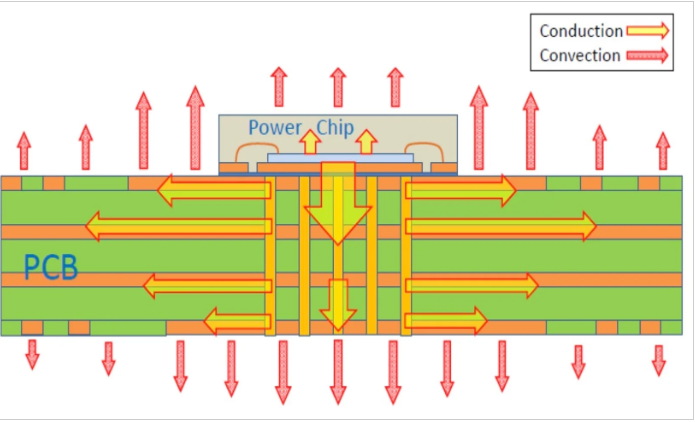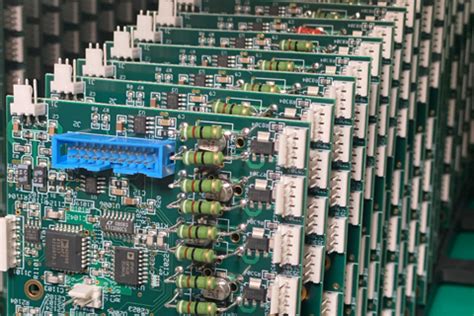Understanding PCB Assemblies for Motherboard Design and Production
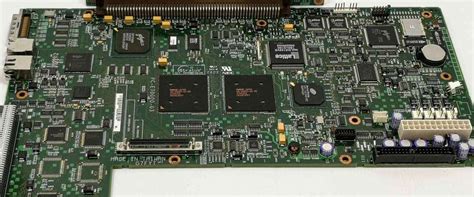
Key Takeaways
In the realm of motherboard design, understanding PCB assemblies—often referred to as pcba—is essential for creating efficient and reliable electronic boards. One key takeaway is the significance of recognizing the role of key components that make up a PCB assembly. From the circuit traces and sockets to the surface mount devices (SMDs) and connectors, each element contributes to the functionality and performance of the motherboard.
Furthermore, mastering the fabrication processes involved in pcb assembly enables designers to ensure that their production meets high standards of quality and efficiency. Techniques such as screen printing, soldering, and inspecting are critical in reducing errors during assembly, which directly influences a motherboard’s reliability.
Best practices for reliable production are also crucial; adopting a meticulous approach to component placement, thermal management, and electronic testing can greatly enhance the overall performance of PCBs. As you navigate these technologies, consider maintaining open lines of communication with your fabrication partners while ensuring systematic testing protocols are in place.
“Attention to detail during both design and production phases can significantly reduce long-term maintenance issues.”
Innovations in PCB technology, such as advanced materials or automated assembly processes, allow for enhanced performance that meets increasing demands within various consumer electronics sectors. Thus, consistently updating one’s knowledge about trends in pcba is vital for anyone involved in motherboard design and production.
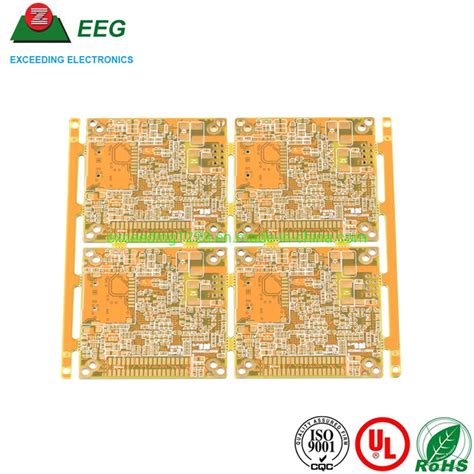
Understanding PCB Assemblies: An Introduction to Motherboard Design
PCB assemblies, commonly referred to as PCBA, are the backbone of modern electronic devices, particularly in the context of motherboard design. A motherboard connects various components of a computer system, facilitating communication between the CPU, memory, and other hardware. Understanding the intricacies of PCB assembly in this context is essential for designers and manufacturers aiming to optimize performance and efficiency.
One must recognize that a well-executed pcba involves meticulous attention to detail during both design and production stages. The assembly process includes several key phases such as component placement, soldering, and testing, all of which contribute to the integrity and functionality of the motherboard.
Table 1 below summarizes some vital components commonly found on a motherboard PCB assembly:
| Component | Description |
|---|---|
| CPU | The central processing unit that performs computations |
| RAM | Memory modules that temporarily store data |
| Chipset | Manages data transfers between CPU, memory, and I/O devices |
| Power connectors | Supply power to various components on the motherboard |
| Expansion slots | Allow for additional cards (e.g., graphics cards) |
The pcb assembly process must also adhere to industry standards for reliability and compatibility, ensuring that each component functions seamlessly within the network of interconnected parts. Enhanced surface mount technology (SMT) has revolutionized PCBA, allowing for greater precision and reducing board space while increasing component density.
In summary, understanding how PCB assemblies are integral to motherboard design aids in both improving production practices and enhancing end-user experiences with electronic devices. Thus, a solid grasp of these principles is vital for anyone involved in designing or manufacturing motherboards today.
Key Components of PCB Assemblies in Motherboards
The pcb assembly process is fundamental to the design and production of motherboards, as it integrates various essential components that ensure functionality and performance. At the heart of a typical motherboard pcba are the central processing unit (CPU), memory modules, and input/output (I/O) ports. These components need to be meticulously placed on the printed circuit board (PCB) to establish optimal electrical connections. Moreover, soldering techniques, such as surface mount technology (SMT) and through-hole soldering, play a crucial role in the pcb assembly process, impacting overall reliability and efficiency.
In addition to active components like resistors and capacitors, passive elements are equally important in regulating power distribution and signal integrity within the board. Understanding the layout design principles is vital; factors such as trace width, routing complexity, and ground planes directly influence signal integrity and performance. Furthermore, connectors must be carefully selected based on the intended application of the motherboard; their placement should facilitate easy integration with other hardware. All these considerations underscore the intricate nature of pcb assemblies, highlighting that a well-designed motherboard can substantially impact a device’s overall functionality. By focusing on these key components during production, designers can enhance both reliability and efficiency in electronic devices.
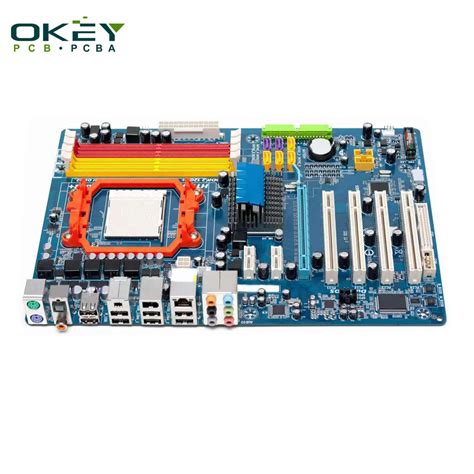
Fabrication Processes for Efficient PCB Assemblies
The fabrication processes for PCB assemblies (often referred to as PCBA) are critical to achieving high-quality outcomes in motherboard design and production. The journey begins with the selection of suitable materials, where the choice of substrate, copper thickness, and surface finish directly influence both performance and cost. (Solder mask) application is then carried out to ensure reliable electrical connections while minimizing signal interference. Following this, the printed circuit board undergoes a series of routing steps where traces are etched onto the substrate to form the necessary pathways for electrical signals. Moreover, accurate alignment during component placement is vital; any misalignment can lead to significant defects in connectivity.
Following placement, soldering processes such as reflow or wave soldering are employed to attach components securely. Each type of soldering has its benefits and drawbacks, necessitating careful consideration based on design specifications and operational requirements. Successful manipulation of these processes not only enhances the efficiency of the pcb assembly but also ensures its reliability in real-world applications.
Quality control measures play a pivotal role at every stage of fabricating a PCBA. Employing techniques such as automated optical inspection (AOI) allows for early detection of defects, significantly reducing costs associated with rework or failure during product deployment. In summary, attention to detail in each phase—from material selection through assembly and inspection—ensures that the resultant motherboard assemblies meet both performance expectations and industry standards, paving the way for innovative electronic solutions.
Best Practices for Reliable Motherboard Production
To ensure the creation of high-quality motherboards, adherence to best practices in pcb assembly is paramount. First and foremost, it is essential to select components that meet the specific requirements of your design, minimizing the risk of compatibility issues. This includes using reliable pcba materials and ensuring that all components are sourced from reputable suppliers. Additionally, maintaining a clean working environment during the pcb assembly process helps prevent contamination that could affect soldering and overall board integrity.
Thorough testing of pcb assemblies at various stages of production can identify defects early on, which is crucial for maintaining reliability. Techniques such as Automated Optical Inspection (AOI) should be implemented to scrutinize printed circuit boards for visible defects before they progress further down the line. Furthermore, it is essential to document all processes meticulously; doing so allows for traceability and enhances accountability within production.
Training personnel in effective soldering techniques and proper handling of components also contributes significantly to producing reliable motherboards. This is particularly important in a field where even minute errors can lead to substantial functionality issues down the line. Finally, adopting a proactive approach towards design reviews and implementing rigorous quality assurance protocols ensures that any potential failures are addressed before reaching the end user. By focusing on these practices, manufacturers can enhance the overall reliability and efficiency of their pcb assembly processes, resulting in superior motherboard production outcomes.
Troubleshooting Common Issues in PCB Assembly
When working with PCB assembly processes, especially in the design and production of motherboards, it is critical to understand and address common issues that may arise. One prevalent problem is misalignment of components, which can lead to poor electrical connections or short circuits. This often happens due to inaccuracies during the placement of pcba components on the board. To mitigate this issue, implementing a robust inspection system prior to soldering can prove invaluable. Another frequent challenge involves soldering defects, such as cold joints or excessive solder, which can compromise the integrity of the PCB assembly. To minimize such occurrences, utilizing advanced soldering techniques and maintaining optimal temperature settings during production is essential. Additionally, component compatibility issues can surface when integrating new parts into existing pcba designs. It’s advisable to ensure that any new components meet the specifications of both the circuitry and design layout prior to inclusion in the final product. By staying vigilant about these potential pitfalls and adhering to best practices throughout the PCB assembly process, manufacturers can enhance reliability and performance in their motherboard designs.
Innovations in PCB Technology for Enhanced Performance
The evolution of pcb assembly technology has paved the way for significant enhancements in motherboard design and functionality. Modern PCBA processes now incorporate advanced materials and techniques that contribute to miniaturization while maintaining or improving performance. For instance, the adoption of high-density interconnect (HDI) technology allows designers to place more components on a smaller footprint, thereby creating more efficient and compact motherboards. Additionally, innovations such as embedded passive components reduce space requirements and simplify assembly, leading to a streamlined production process.
Furthermore, advancements in surface mount technology (SMT) have improved the speed and precision of pcb assembly, facilitating rapid prototyping and faster time-to-market for electronic devices. The use of automation in production has resulted in higher accuracy during the assembly process, minimizing human error while ensuring consistency across batches.
Moreover, the integration of smart manufacturing practices is revolutionizing pcba by enabling real-time monitoring and data analytics. These practices allow manufacturers to optimize their production lines for quality control and productivity, ensuring that each motherboard meets rigorous standards for durability and reliability.
As design complexity continues to grow, so does the importance of these technological advancements, demonstrating that the future of motherboards relies heavily on innovations within pcb technology. By embracing these developments, engineers can create products that not only meet consumer demands but also contribute to more sustainable electronics with improved performance metrics.
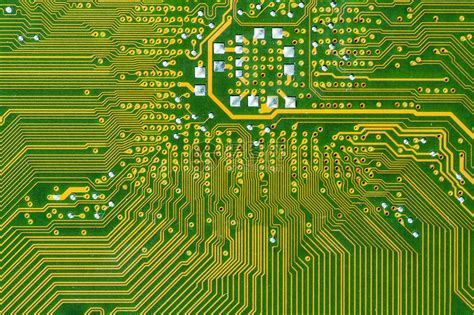
Eco-Friendly Practices in PCB Design and Assembly
In an era where sustainability is becoming increasingly vital, the pcb assembly industry is making strides toward more eco-friendly practices in both design and production. Efficient pcba processes now prioritize the use of green materials, such as lead-free solders and halogen-free laminates, that minimize negative environmental impacts. Additionally, organizations are embracing practices like recycling electronic waste, which not only reduces landfill burdens but also contributes to resource conservation. Implementing energy-efficient manufacturing techniques can greatly lower the carbon footprint associated with pcb assemblies, while optimized designs that require fewer materials ultimately lead to reduced waste. Moreover, adhering to environmental regulations and certifications, such as RoHS (Restriction of Hazardous Substances), ensures compliance with industry standards aimed at protecting our planet. As companies increasingly recognize the importance of sustainability in their operations, these eco-friendly practices are not merely optional but pivotal for future-proofing the pcb assembly sector while contributing to a greener global landscape.
Conclusion
In summary, a deep understanding of PCB assemblies is crucial for the successful design and production of motherboards. The integration of various key components—such as resistors, capacitors, and integrated circuits—plays a significant role in determining the overall performance and reliability of the finished product. The fabrication processes employed in creating these printed circuit board assemblies (PCBA) are equally important; they must be meticulously managed to ensure precision and efficiency. Furthermore, adopting best practices during production not only enhances durability but also minimizes the potential for errors that can arise during assembly. The field is ever-evolving, with continuous innovations in PCB technology driving improvements and opportunities for enhanced performance. As manufacturers increasingly lean towards eco-friendly practices, they are not just catering to regulatory requirements but also responding to consumer demand for sustainability. Embracing these advancements can lead to more competitive products in the ever-growing electronic market.
FAQs
What is a PCB assembly?
A PCB assembly, commonly referred to as PCBA, is the process of soldering electronic components onto a printed circuit board (PCB) to create a fully functional electronic unit. This process involves various steps, including part placement, soldering, and testing to ensure proper functionality.
Why are PCB assemblies important in motherboard design?
PCB assemblies are critical in motherboard design because they determine the board’s reliability and performance. A well-designed PCBA ensures that all electronic components work together seamlessly, facilitating efficient data transfer and power management.
What are the common materials used in PCB assembly?
The most common materials used in PCB assembly include copper for circuit traces, fiberglass for insulation, and various types of solder for securing components. These materials are chosen for their conductivity, durability, and thermal properties.
How does the fabrication process influence PCB assemblies?
The fabrication process significantly influences the quality of PCB assemblies. It determines factors such as layer count, thickness, and component placement accuracy. Adhering to best practices during fabrication can lead to more efficient PCBA, ultimately improving performance and reliability.
What best practices should be followed for reliable PCB assembly?
To ensure a reliable PCBA, it’s vital to select high-quality components, use precise soldering techniques, conduct thorough testing procedures, and implement quality control measures throughout the production process.
For more detailed insights into pcb assembly, please click here: Andwin PCB Assembly.



